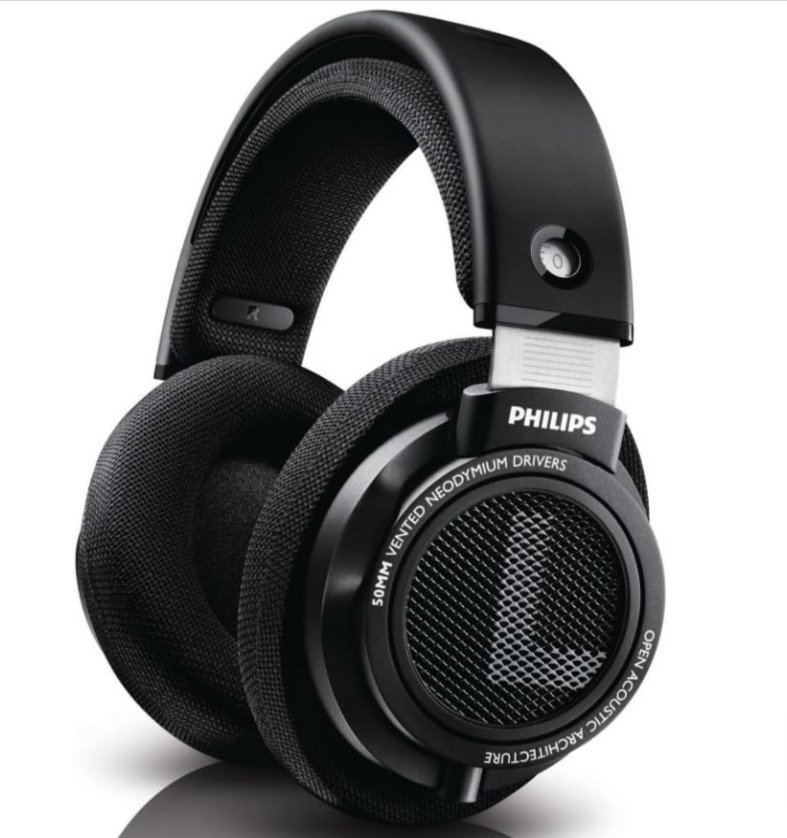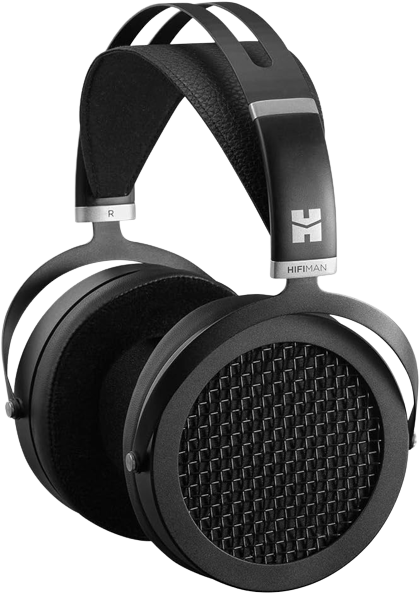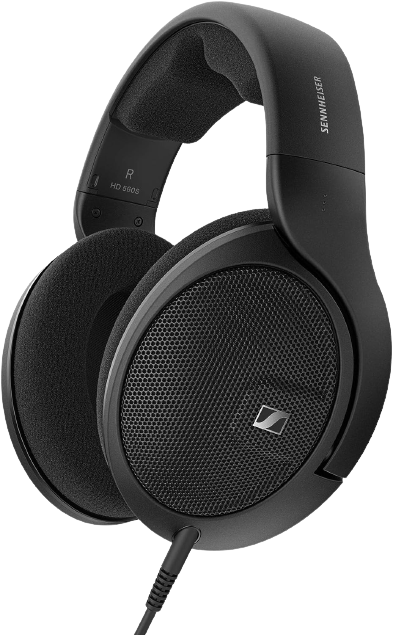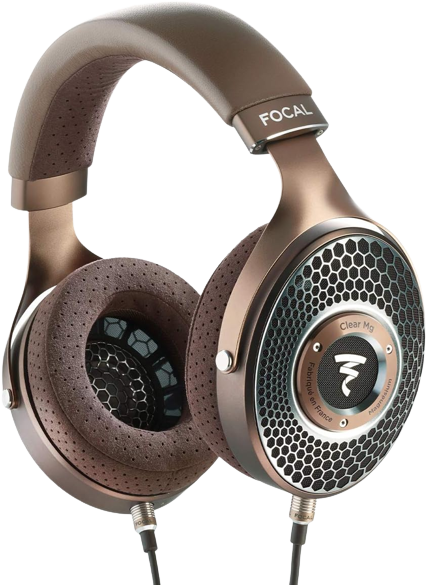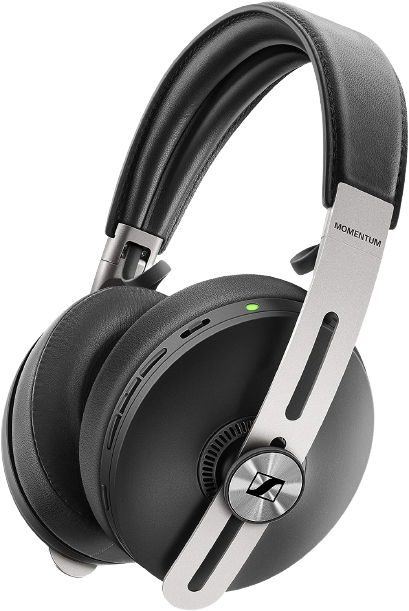"This post contains affiliate links. As an Amazon Associate, I earn from qualifying purchases."
Last Updated on March 9, 2024 by Rifthy
As a classical music enthusiast, I’m always on the lookout for headphones that can do justice to the nuances and complexities of the genre. The sweeping orchestral arrangements, intimate string quartets, lyrical piano concertos – classical music encompasses such a wide range of sonic landscapes that finding the right headphones can be a challenge.
In this article, I’ll share my picks for the top headphones for classical music listening, based on months of personal testing and research.
I’ve considered factors like soundstage, imaging, tonal balance, detail retrieval and more to come up with headphones that complement both intimate chamber works and mighty symphonic pieces. Whether you’re a casual listener or a hardcore audiophile, read on to find your perfect match!
Discussed Topics
My Top Choices
Open-Back vs Closed-Back Headphones
First, a quick primer on open-back and closed-back headphone designs, since this can significantly impact your classical music listening experience:
Open-back headphones have, well, an open-back design that allows sound to freely pass in and out. This creates a spacious, natural soundstage, akin to listening to speakers in a room. Imaging is stellar – you get a strong sense of directionality, instrument placement, and separation. The downside? Sound leakage, and an inability to isolate you from external noise.
Closed-back headphones have a solid outer shell that fully encloses the drivers and blocks external sound. This allows for excellent noise isolation. The tradeoff is that the soundstage feels more “in your head” rather than out in the open. Imaging also suffers somewhat.
For classical music, I strongly favor open-back headphones for their expansive, speaker-like presentation. However, closed-back models can also work well if noise isolation is a top priority for you.
Now, let’s get into the headphones! I’ve organized my recommendations into budget, mid-range, and high-end price tiers.
Budget Open-Back Headphones Under $100
Philips SHP9500
The Philips SHP9500 is my top choice for entry-level audiophile headphones, priced around $75. They offer smooth, balanced sound with excellent detail and surprisingly good imaging.
The bass is both punchy and controlled, while the mids remain clear with a slight dip around 2kHz to reduce harshness. The highs are crisp without causing fatigue.
The open-back design of the SHP9500 creates an immersive soundstage, especially well-suited for classical music. Even complex pieces with intricate melodies maintain coherence, avoiding muddiness or congestion.
Comfort is another strong point, thanks to the suspended headband design and breathable earpads, making long listening sessions effortless. Additionally, the detachable cable adds convenience for travel. In summary, the SHP9500’s value proposition as a budget pick for classical music is truly impressive.
Mid-Range Open-Back Headphones $100 – $350
Moving up the price ladder, here are my standout mid-range recommendations:
HIFIMAN Sundara
With an open-back design and planar magnetic drivers, they target neutral yet engaging audio reproduction. After extensive listening, I found the Sundaras live up to expectations in some areas but come up short in others.
The Sundara delivers quality audio across an expansive frequency range. The soundstage is wide and imaging is quite precise, providing an immersive listening experience. Detail resolution is excellent, allowing you to hear nuances missed by less capable headphones.
An appealing aspect of the Sundara is its responsiveness to equalization. Users can tweak the frequency response to suit different audio tastes and genres. This versatility adds value for those who like customizing their listening experience.
However, the Sundara also has some downsides. The build quality feels inconsistent – some users report quality control issues out of the box or down the road. Comfort is decent but not best in class for long listening sessions.
Sonically, the Sundara lacks some of the refinement and complete immersion experienced with more costly reference headphones like the Sennheiser HD800s. But considering the significant price difference, the Sundara delivers impressively close audiophile-level performance if you get a properly functioning unit.
Overall, the HIFIMAN Sundara is worth considering for those seeking detailed, customizable sound on a budget. Just be prepared to tweak them to your preferences.
Sennheiser HD 560 S
The Sennheiser HD 560S offers tremendous value at $160. It nails a neutral, natural sound with smooth treble and accurate midrange. Soundstage is quite wide, with pinpoint imaging that makes orchestral pieces sound massive. Instrument separation is superb – you can easily pick out individual violins in a string section.
Bass extension reaches down low for physical impact during tympani and organ passages. If I had to nitpick, the HD 560S sounds a touch clinical at times – but its technical performance is brilliant for classical music. Rivals that cost twice as much struggle to match its immersive presentation.
Comfort is first-rate as well, with a lightweight build, plush velour pads, and super breathable open-back design. Overall, the HD 560S hits a sweet spot of price, performance and comfort that’s hard to beat for classical listening.
High-End Open-Back Headphones Over $500
Finally, here are some drool-worthy TOTL (top-of-the-line) audiophile headphones I’ve had the pleasure of trying out:
Focal Clear MG
The $1500 Focal Clear MG is a dynamic headphone that combines ultra-realistic timbre with dazzling clarity. Instruments just sound right, with authentic textures and body. The bass has incredible definition, midrange is neutral yet full-bodied, and treble has an airy liveliness.
Combined with the holographic soundstage presentation, the Clear MG sucks you right into the music. The expansive imaging recreates the scale and energy of a live orchestra. Despite the excitement, it never loses poise or control.
From thundering pipe organ fugues to the resonance of cello suites, the Clear MG brings classical music to life like no other headphone I’ve heard. It’s my personal reference for the genre. Highly recommended if you can swing the price.
Audeze LCD-5
For my fellow detail-obsessed audiophiles, the $4500 Audeze LCD-5 is endgame material. Its ultra-fast planar drivers and 130mm diaphragms dish out staggering resolution and micro-textures.
The LCD-5 reveals hidden layers in dense classical arrangements – you’ll discover ornamental flourishes and ancillary instruments you never noticed before. Its gigantic headstage can recreate the scale of a symphony orchestra. Imaging is holographic, letting you vividly pinpoint each musician’s position.
Despite the forensic detail, the LCD-5 sounds natural and unforced. It’s more lively than past Audeze headphones, with better dynamics and punch. Forget about clinical – this flagship makes music come alive. If you want to unlock 100% of the recorded detail in your classical library, the LCD-5 sits atop the throne.
Closed-Back Headphones
While open-back headphones are preferred, here are some excellent closed-back options:
Sennheiser Momentum 3
The Sennheiser Momentum 3 offers gorgeous craftsmanship and lush, easy-going sound. The leather headband and metal/wood accents look elegant and feel durable. Comfort is great for long sessions.
Sonically, the Momentum 3 is warm, smooth and euphonic. Bass is impactful but well-controlled. The midrange is full-bodied, bringing violins and cellos to life. Treble is refined, avoiding harsh peaks.
Due to the closed-back design, soundstage isn’t exceptionally wide. But imaging remains quite coherent for picking out individual instruments. Overall, the Momentum 3 brings fun musicality to classical recordings, with great noise isolation to boot. At around $350, it’s a versatile closed-back all-rounder.
Best Budget In-Ear Monitors
IEMs can’t match the expansive soundstage of full-size headphones. But here are two great budget options:
Moondrop Aria
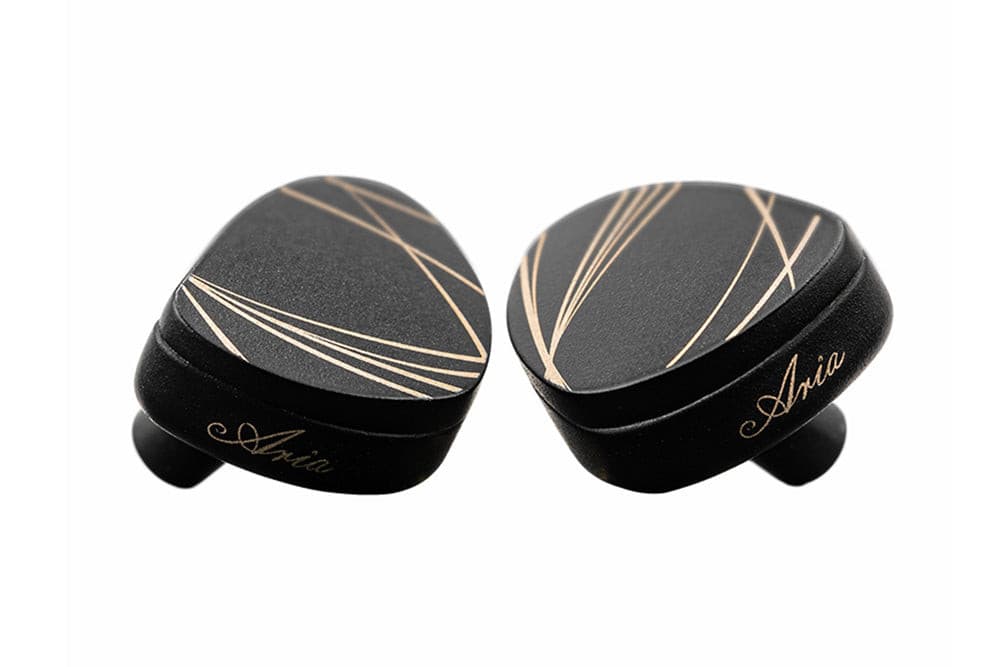
The $80 Moondrop Aria punches way above its class with a neutral, reference-grade sound. The tuning follows the Diffuse Field Target for accuracy. Bass is tight and restrained, mids are transparent, and highs are smooth but well-extended.
Soundstage is quite good for an IEM, giving separation between instruments. Imaging lets you pinpoint positioning. For the price, technical performance is amazing – the Aria even gives pricier IEMs a run for their money. If you’re on a tight budget, this is your best bet.
Things I checked when selecting the Best Headphones for classical music
As a classical music enthusiast, finding the right pair of headphones can make all the difference in fully appreciating the nuances and intricacies of the genre.
However, with so many options on the market, it can get overwhelming trying to determine which headphones will do justice to your favorite symphonies, concertos, sonatas, and more. Ill list things I have checked before selecting the best headphone classical music
Comfort Above All
This might seem obvious, but comfort should be your number one priority. Unlike pop songs that run just a few minutes, classical masterpieces can stretch on for hours. You want headphones that feel like a natural extension of you, not a vice clamping down on your head!
Look for generous padding on the headband and ear cups. Lighter weight headphones usually feel best for prolonged use. Over-ear, closed-back designs with a tight seal offer the most immersion, blocking out external distractions. If you’ll be listening at home primarily, open-back headphones provide a more spacious, speaker-like sound.
Test out the fit at the store and make sure there are no pressure points. Move around and simulate long listening sessions. Don’t settle for any discomfort – there are plenty of sublime listening experiences to be had!
Wired vs Wireless
This is a controversial topic, but audiophiles tend to agree that wired headphones deliver superior sound quality over wireless variants. The cable transmission has less interference and higher bandwidth to convey all the detail and dynamics of classical recordings.
Bluetooth compression can impact subtle textures and cause latency (lag between sound and video). Of course, wireless headphones are incredibly convenient and many current models sound great. Just make sure to use higher quality codecs like aptX or LDAC if going the wireless route.
Soundstage and Imaging
Soundstage refers to the sense of space created by headphones – how the music fills up your listening environment rather than just occurring between your ears. Imaging helps you pinpoint specific sounds and instruments in the 3D space.
These qualities are critical for classical music. You want to feel transported right into the concert hall, with violin sections sounding distant, cellos nearby, and vocalists at the center. Open-back headphones and planar/electrostatic drivers tend to perform best here.
Neutral Sound Signature
Look for headphones with a neutral or flat sound signature that provides an honest representation of the source recording without coloring the sound. Boosted bass or treble will muddy up classical mixes and destroy nuances. You want a clean window into the composer’s intent.
Of course, some warmth is fine and even beneficial for this genre. Just avoid excessive coloration. Audiophile reviewers usually assess tonal balance, so read up before deciding!
Pay Attention to Impedance and Sensitivity
These technical specs influence how easy headphones are to drive from different sources. High impedance headphones may require dedicated headphone amplifiers. Similarly, lower sensitivity headphones need more power.
Mass consumer headphones are usually low impedance and high sensitivity for use with phones and portable players. If you invest in premium audiophile headphones, make sure your playback device can drive them properly.
Brand Can Be a Hint
Certain audio brands like Sennheiser, AKG, Beyerdynamic, Grado and others have cultivated reputations for class-leading sound that audiophiles trust. Of course, you should still research individual models thoroughly, but reputable brands inspire confidence in general.
Conversely, trash budget headphones from no-name companies are almost guaranteed to make your classical recordings sound like distorted garbage. Be a smart shopper and read reviews on anything unfamiliar.
User Experiences are Invaluable
To make the best choice, scour enthusiast forums like Head-Fi and Reddit to read owner impressions. People will candidly assess classical music performance and whether certain headphones live up to their expectations. You can learn from their trial and error before committing!
My Top Choices
Wrap up
And there you have it – my picks for the best headphones to enjoy classical music to the fullest! Let me know if you have any other worthy contenders I should check out. Whether you prefer budget open-backs or summit-fi planar flagships, hopefully, you found an option that fits your listening style and budget.
If you’re also on the hunt for headphones tailored specifically for workouts, you can explore my recommendations for the best headphones for workouts. Whether you’re looking for sweat-resistant earbuds or wireless on-ear headphones that can keep up with your active lifestyle, I’ve got you covered with a range of options to enhance your fitness sessions.




